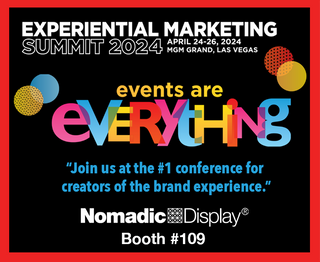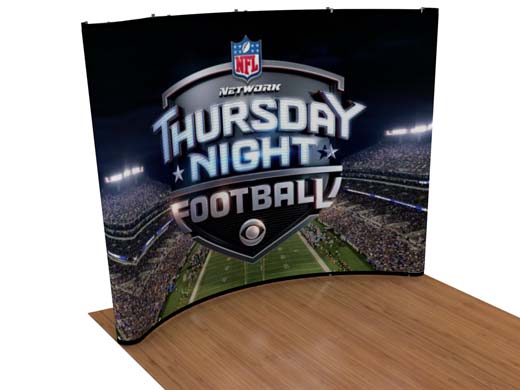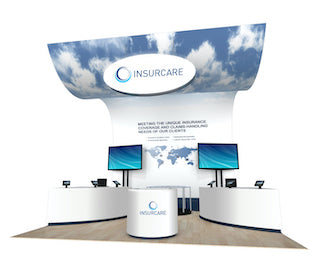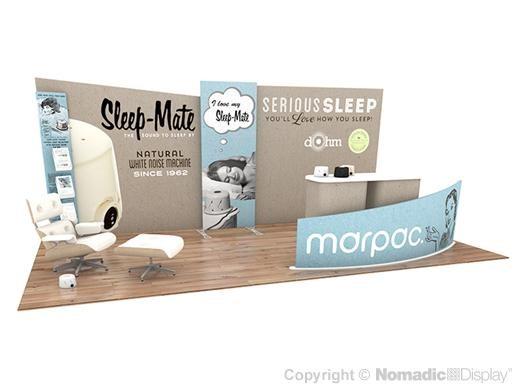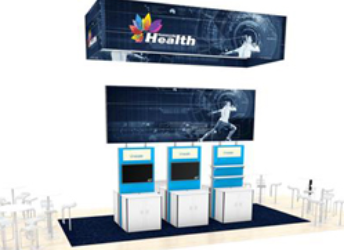Menu
Want a Zen Trade Show Season Next Year? Start Planning Now
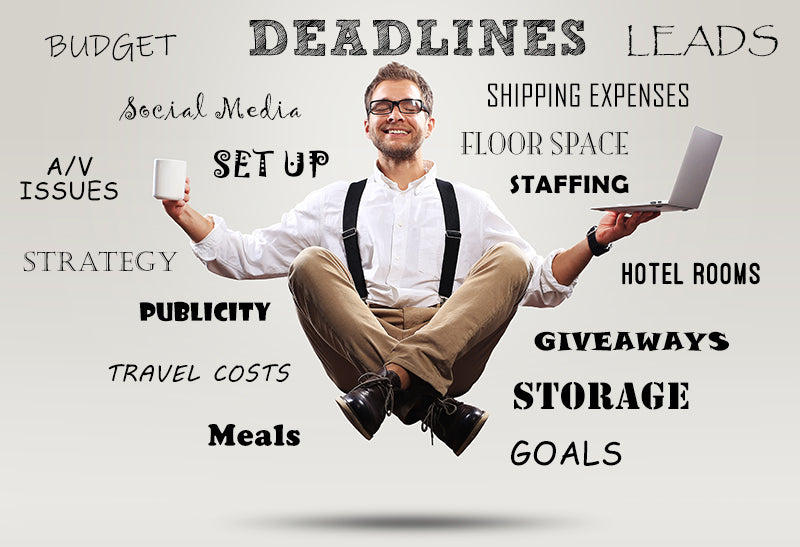
By Roger Noel, MA
When Should I Begin Planning for Next Year’s Trade Shows?
That's a question that gets asked a lot, especially from people who may be somewhat new to trade shows. The simple answer to that question is: now. It’s never too early to start planning next year’s shows. What are your company’s objectives for next year? Will there be any new product launches? Does your booth need refurbishment or are you ready to give it a face-lift?
Remember, there are a lot of moving parts when it comes to planning for a trade show, including:
- Show Plan
- Show Objectives
- Exhibit Planning/Preparation
- Pre-Show Logistics
- Staff
- Promotion/Publicity
- Pre-Show Shipping
- Exhibit Setup
- Exhibit Dismantle
- Post Show Shipping
- Exhibit Storage
Developing a budget
Developing a budget is a crucial first step in trade show planning. Ideally your show budget will be finalized during budget planning for the next fiscal year. This budget is going to cover everything for your show, including:
- Exhibitor floor space
- The exhibit itself
- Setting up and breaking down the exhibit
- Transporting the exhibit to and from the show
- Staffing, travel costs, accommodations and meals
- Promotion, publicity & giveaways
- Exhibit storage
Determining goals and marketing strategy
Determine your specific goals for the show. Is it to generate leads, promote brand awareness or something else? How will you quantify if the show is a success for your company? How will you justify attending future shows?
Are you there to highlight products or services, or to introduce a novel product/service? Work with your marketing or sales department to tie-in existing brand communications to ensure continuity of message. If you’re in an FDA-regulated industry, be sure that your messaging and claims have been vetted and approved.
What is the best, most memorable way to immerse visitors in your brand messaging? How do you “hook” potential customers and reel them into your exhibit? Many companies these days use a “shiny objects” strategy, i.e. LED video panel displays, to attract attention. LED panels can be used to display still images as well as video, which is particularly useful when used as wall panels, but there are flexible LED boards that can be twisted, turned and contorted into just about any shape imaginable, and incorporated into the actual design of the exhibit.
The shiny stuff might draw people to your booth (like moths to a flame) but how do you plan to keep them there, long enough to make the interaction a success? What are your selling points? This is where your marketing strategy becomes really important. Your message needs to be fresh and exciting, not just a rehash of your corporate website, and you need to staff your exhibit with the right people to sell that message.
In the ExhibitorOnline article, “Getting on the Same Page” by Betsy Earle, the author discusses some of the basic questions that can help form a viable marketing strategy, including:
- Why are we going to the show in the first place?
- Whom do we want to connect with?
- What are our objectives?
Staffing for the exhibit
The people you bring to staff the exhibit are as important as your marketing strategy. They are usually internal corporate staffing, but sometimes contracting external help may be needed. Regardless of where they come from, they are the first line of contact with potential customers and the face of your business. You want positive interactions with visitors and staff who are very knowledgeable about your products or services.
When it comes to selecting who will staff your exhibit, choose individuals who are outgoing and personable. They don’t all have to be sales people, but they should be knowledge experts in their field. Bring individuals who are good at making eye contact and who aren’t afraid to greet passersby and greet passersby, even if it’s just a simple “hi” or “hello.” Once you’re able to get visitors into your exhibit and strike up a conversation, you want to determine their needs, timeless and how serious they seem about possibly doing business. Essentially you need to triage the encounter so that you can align visitors with the ideal staff member to address their questions.
Appearance is another important factor. Ideally staff members will be dressed uniformly so that visitors can immediately identify staff from other visitors. Wearing the same color and style of shirts, pants or other accessories are a great way to do this.
Prepare your staffers in advance so that every individual knows what their role will be, and make sure they are comfortable with their roles. Happy, confident staff make for happy, confident interactions with visitors.
Exhibit Floor location
Always try to secure the best possible location to set up your exhibit, as early as possible. High foot traffic areas in conspicuous locations are always ideal, as are locations near food or drink stations, rest rooms and entrances. Often times repeat trade show vendors get priority selection of floor locations far in advance of shows. If you have the opportunity to pre-select your location, you should take it.
Check, check and double-check
As you progress toward the trade show, make lists of the steps and processes required during planning. This helps in not only keeping track of logistics, but it can also be very useful when planning other future events. There are bound to be lots of “little things” that you tend to forget, especially if you don’t exhibit frequently. Keeping checklists from show to show can help ensure everything goes smoothly.
Make sure, in advance, that all your marketing collaterals are proofed for grammar and typographical errors, and that all the content is relevant.
Use social media
Social media is a great way to start creating a buzz about your trade show presence. Let your customers and followers know, in advance, that you’ll be attending the show and what your exhibit location number is. Create posts with a spirit of anticipation and excitement, when possible.
As you get closer to the show, use incentives to draw visitors to your booth. Incentives can be just about anything; giveaways, food or beverages, product unveilings, i.e. “the next big thing”, or even contests. They sky is the limit, so be creative!
During the show it’s a good idea to post daily, with the day’s recap and what tomorrow will bring. This is an especially good strategy for those individuals who are not able to attend the show. By using social media to keep them in the loop, you’re keeping them connected to what’s going on, and bringing the show to them. The customers at home are just as important as the visitors at the show.
Debriefing
It’s always wise to have at least one debriefing following the close of the show. You want to know what worked and what didn’t; what brought people to your exhibit; what changes you might plan for the next show, and whether or not your goals were met.
Trade shows provide wonderful opportunities to meet potential customers, reconnect with existing ones and increase brand awareness. Good planning will help things go smoothly and keep stress levels at a minimum. Remember: It’s never too early to start planning ahead for next year’s show!More From Nomadic
Browse Our Selection of Designs from Pop-ups you can buy online to Exhibit Rentals. Let our ideas help you with yours.
- Choosing a selection results in a full page refresh.
